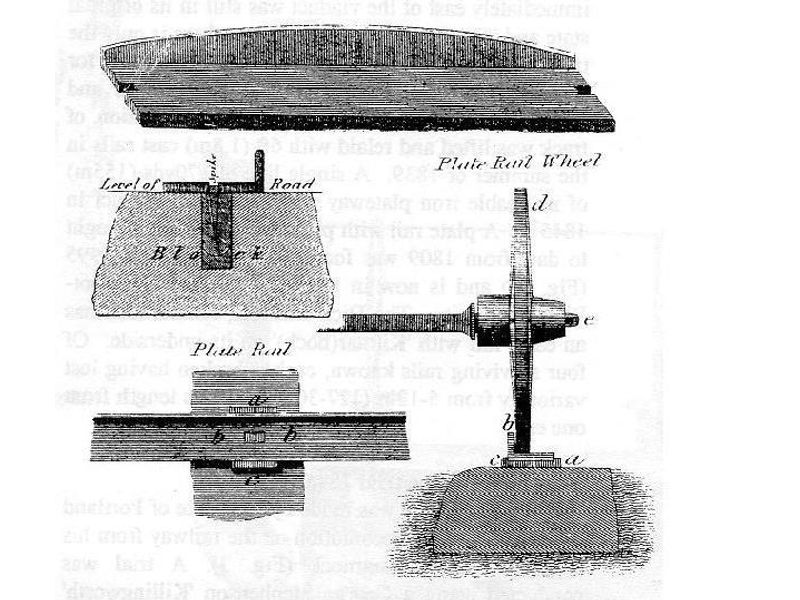Description
Example of a stone block used on the Kilmarnock & Troon Railway to support the rails. The stone has a hole 1.5 in diameter and 5 in deep on the top side into which an oak plug had been inserted. A rail chair was positioned over this plug and two plate rail lengths were secured at their ends by a malleable iron nail (see 1997/011) which was hammered to be flush with the rail, passing through a hole in the rail chair to be secured in the oak plug. The figure to the right of the image shows the general layout of the stone, chair and rails.
This object was found during the Laigh Milton Viaduct Conservation Project (1995-1996). The viaduct, believed to be the world’s oldest on a public railway, was the work of leading civil engineer William Jessop. The double-track, horse-operated railway was opened in 1812, mainly for the export of coal, although it soon carried passengers. In 1816 it was the first railway in Scotland to operate with a Stephenson steam locomotive; nine years before the Stockton & Darlington.
In January 1818 John Wilson, the Engineer and manager of the Kilmarnock & Troon Railway, in a letter (see a transcription of the letter here) to Robert Stevenson, wrote:
The stone blocks, about a foot square by 9 inches deep, cost for boring and finding in the quarry 5d each. The laying of the rails and blocks was done for 5d each double yard, that is each pair of blocks all … to have a cubic foot of oak wood for which we pay about 3/- makes about 11 or 12 plugs and they are made for 31/2d per dozen. As we have a machine for the purpose, the nails were made including iron for 3d per lb. Now I generally find the barr iron and get them made for 1¼d per lb which is lower.
For further images of how the stone was used click here.
Numerous significant railway relics were found during the restoration and this is just one of a number of them donated to ICE Scotland Museum.
For a detailed description of the conservation works click here.
Professor Roland Paxton wrote a paper for the Journal Historical Studies in Civil Engineering of the Japan Society of Civil Engineers. To read the paper click here.
For a general description and images of early cast iron plate railways see https://tringlocalhistory.org.uk/Railway/c03_track.htm.
For a film of the restoration works click here.
For an article on the history of the Kilmarnock & Troon Railway written by John Yellowlees in the Scotsman newspaper (dated 25 August 2022) click here.






